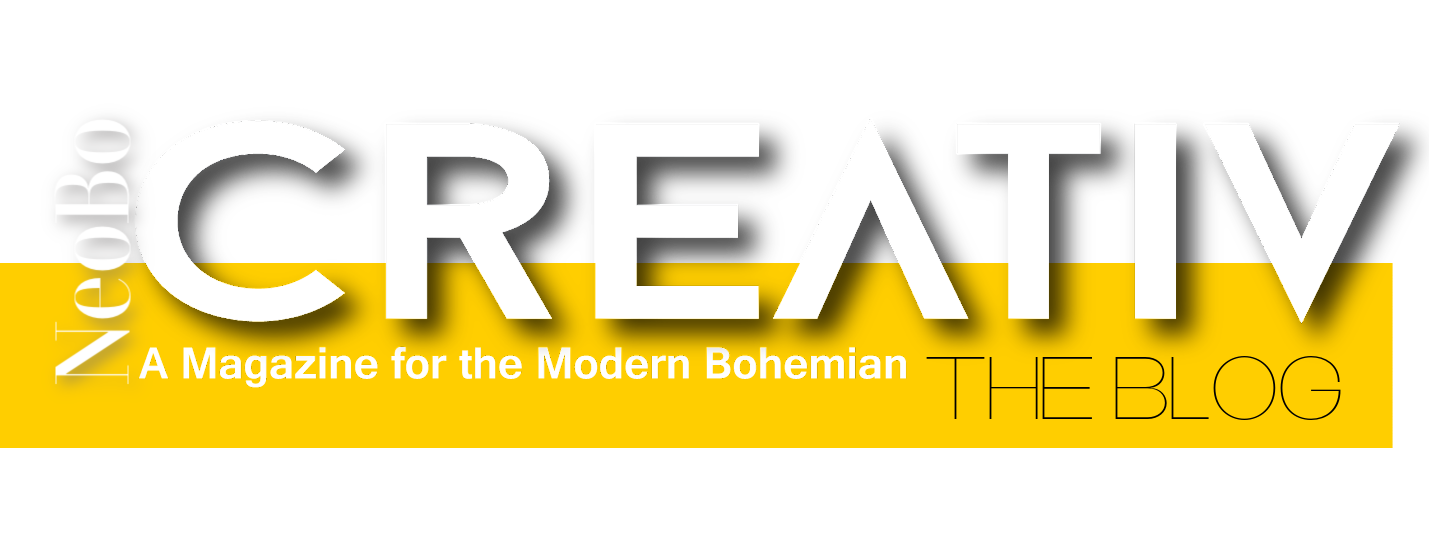The Latest Trends in the Art World: What Every Artist Needs to Succeed in 2025

The art world is experiencing a seismic shift as we navigate through 2025, with emerging technologies, evolving collector preferences, and new market dynamics reshaping how artists create, connect, and commercialize their work. Understanding these trends isn’t just about staying current—it’s about positioning yourself for success in an increasingly competitive landscape.

Digital Integration and AI: The New Creative Frontier
The integration of artificial intelligence into artistic practice has moved from experimental novelty to essential toolkit. Artists are leveraging AI not as a replacement for human creativity, but as a collaborative partner that enhances their creative process. AI can generate stunning visuals, assist with animations, or even help you brainstorm, but the most successful artists are those who understand that some artists leave the results as it is, and some of them use the results as a starting point.
The key is finding the balance between technological assistance and personal vision. Artists who thrive in 2025 are those who use AI to expand their creative possibilities while maintaining their unique artistic voice. This approach allows for faster iteration, broader experimentation, and the ability to explore concepts that might have been technically challenging or time-consuming to execute manually.
Immersive Technologies: AR and VR Transform Art Experiences
The boundaries between physical and digital art continue to blur as augmented reality (AR) and virtual reality (VR) technologies become more accessible and sophisticated. Virtual Reality (VR) and Augmented Reality (AR) are transforming how audiences engage with art, creating opportunities for artists to develop immersive art installations that allow viewers to step into an artist’s world.
These technologies are particularly powerful for artists looking to create multi-sensory experiences. An AR layer could be hidden beneath a painting, playing music or telling a story upon scanning, opening up entirely new possibilities for narrative and interactive art. Artists who embrace these tools early are positioning themselves at the forefront of what’s becoming a major shift in how art is experienced and valued.
The Rise of Biophilic and Cross-Cultural Art
Environmental consciousness and cultural appreciation are driving significant trends in contemporary art. Biophilic art is making waves in the Art Market Trends 2025, as artists and collectors alike turn to nature for inspiration. This movement emphasizes earthy tones, botanical themes, and organic textures to create art that soothes and inspires.
Simultaneously, there’s a growing appreciation for cultural fusion in art. Artists are proudly blending cultures in 2025. They’re using patterns, symbols, and stories from other parts of the world to create works that speak to our interconnected global society. This trend reflects both a desire for cultural understanding and the market’s appetite for diverse perspectives and narratives.
The Evolution of Digital Art Markets
The digital art market is experiencing unprecedented growth, with NFT Market Poised for $84.13 Billion Boom by 2029, Fueled by Digital Art Demand and AI-Driven Market Trends. However, success in this space requires more than just creating digital art—it demands understanding the technology, community building, and strategic positioning within the ecosystem.
Artists entering the digital space should focus on creating authentic connections with collectors and building sustainable practices rather than chasing quick trends. The most successful digital artists combine technical innovation with strong conceptual foundations, creating work that resonates both aesthetically and culturally.
Strategic Online Presence and Content Creation
The art world’s digital transformation has fundamentally changed how artists need to approach their careers. About 43% of galleries said they plan to focus more on online sales in the near future, and most (55%) said they are looking to create more online content.
This shift means artists must become skilled content creators, sharing their creative process, inspirations, and finished works across multiple platforms. The key is authentic storytelling that allows audiences to connect with both the artist and the artwork. Artists who excel at this are building direct relationships with collectors and bypassing traditional gatekeepers.
Practical Strategies for Success in 2025
Embrace Technological Tools Thoughtfully: Don’t adopt new technologies just because they’re trendy. Instead, consider how they can enhance your existing artistic practice and help you achieve your creative goals more effectively.
Build Community Through Process: Share your creative process to build deeper relationships with audiences. People are increasingly interested in the story behind the artwork, not just the final product.
Network Strategically: Attend online and in-person events to expand your professional network. The art world still operates significantly on relationships, and building genuine connections remains crucial for career advancement.
Stay Adaptable: The art market is evolving rapidly, and art world’s future belongs to those nimble enough to embrace new consumer preferences, bold enough to exploit domestic opportunities, and forward-thinking enough to reinvent their business models.
Focus on Sustainability: Both environmental and economic sustainability are becoming increasingly important to collectors and institutions. Consider how your practice can align with these values while maintaining your artistic integrity.
The Path Forward
Success in the 2025 art world requires balancing innovation with authenticity, technology with humanity, and global awareness with personal vision. Artists who thrive are those who view change as opportunity rather than threat, who embrace new tools while maintaining their unique perspective, and who understand that building a sustainable art career requires both creative excellence and strategic thinking.
The landscape may be rapidly changing, but the fundamental human need for meaningful, beautiful, and thought-provoking art remains constant. By staying informed about emerging trends while staying true to your artistic vision, you can position yourself not just to survive but to flourish in this dynamic and exciting time for the arts.
The future belongs to artists who are willing to evolve, experiment, and engage with the world around them in new and meaningful ways. The trends of 2025 aren’t just changes to adapt to—they’re opportunities to redefine what it means to be an artist in the digital age.









Leave a Reply